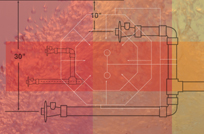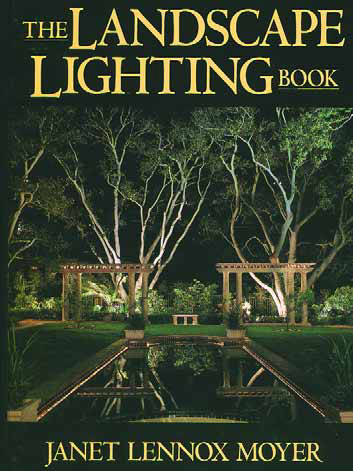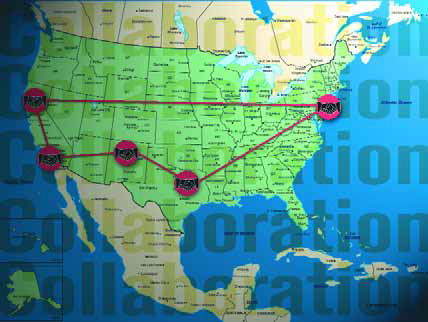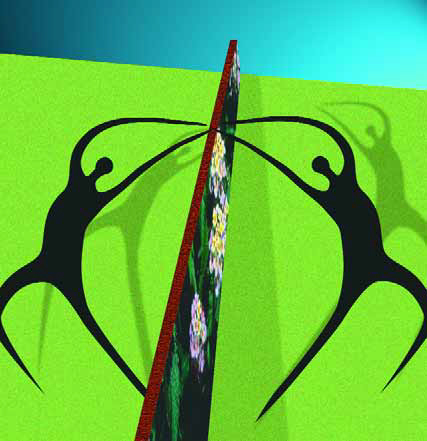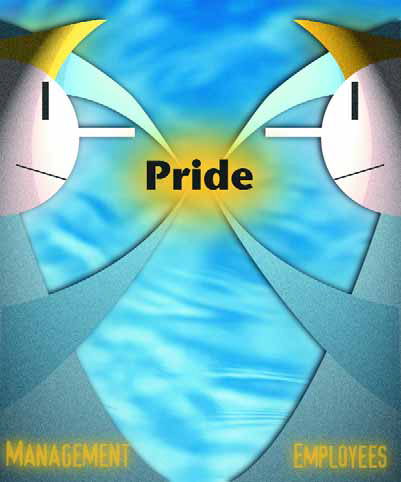I recently wrote a Letter to the Editor of Landscape Architecture, the magazine of the American Society of Landscape Architects, in response to an editorial he wrote on the lack of interest among landscape architects in plant knowledge. The gist of his commentary was that, for too many years now, landscape architects had been focusing on hardscape and overall design and were reserving little creativity, interest, or care for botanical adornments. My response was a supportive rant, as this has been a pet peeve of mine for years and I strongly believe that
What do you really want to know about the arts and crafts of landscaping and watershaping? That's an important question for each and every one of us in the trades to ask of ourselves, because without knowing what you want to know (or at least what you think you should know), all of the talk about the value and power of education is just so much rhetoric. I bring this up because, for a long time now, leaders and regular folks from all walks of the watershaping trades have been beating the educational drum. You read about it in every trade magazine, hear it in the vast majority of seminars and see it in the promotional messages of those who stage trade shows and conferences. Indeed, the
Watershape construction is far more sophisticated now than at any time in history. Swimming pools, for instance, are commonly designed to include spas with complex jet manifolds and a wide variety of controllable effects, while vanishing edges, perimeter-overflow details, multiple water levels and various water-in-transit designs are also increasing in popularity. Fountains and waterfalls and the full range of other waterfeatures also are more elaborate, and what all of them require are well-planned systems of valves to control and divert water to all the necessary components, effects and details. These are situations in which valve choice is, in fact, critical to hydraulic-system design. The many types of valves can be separated into three specific categories roughly according to application. There are some that divert water, others that isolate water and still others that
Maximizing the potential of landscape lighting is always about thinking ahead - a philosophy that absolutely applies when it comes to planning and designing the lighting for a watershape. The process begins with a set of questions that should be considered at the outset of any project: Is the watershape to be the focal point of the composition, or is it to be one among equally important features such as plantings, sculptures or hardscape details? Is the feature to be visually prominent at night, or is it to blend in with the darkness? Will the water you are lighting be in motion, or are you working with a still surface? Observers and chief vantage points also come into play. If the feature will mostly be viewed from passing automobiles rather than by pedestrians, for example, the issue of glare must be directly considered for safety reasons. If the watershape is to be seen from a lit interior space, then we know that its lighting level must be equal to or greater than that of the interior lighting. Likewise, relative brightness is an issue in making the illuminated watershape work with the rest of an illuminated landscape. The most important need in all of this is for
Janet Lennox Moyer's The Landscape Lighting Book (John Wiley & Sons, 1992) is quite simply one of the finest textbooks I've ever read. Indeed, when it comes to resources on the often-elusive topic of landscape lighting, it's hard to imagine a more comprehensive resource. Moyer is a lighting designer and instructor who has made a career of lighting the night with a flair that has earned her a tremendous reputation in the United Sates and abroad. (Her first contribution to WaterShapes, coincidentally, appears in this issue - click here.) In reading her 282-page, richly illustrated book, it's easy to see why she's become so successful: There is so much detail about design and such a wealth of specific
On several occasions during the past few years, I've had the privilege of working with talented professionals who have made it possible for me to operate comfortably far from my home base on what have often been extremely ambitious projects. In fact, I've found some of my most exciting and rewarding recent jobs have been the result of these collaborations with other watershapers. Although working with them is different from
No doubt about it: More and more quality projects are being designed and built by the various segments of the watershaping trades these days. That pleases me for a number of reasons, not the least of which is that it tends to reinforce my observation and belief that great work is done mostly by people who take genuine pride in what they do. Indeed, I see such a consistent correlation between pride and quality that I've come to see the former characteristic as a prerequisite for performance at the highest level. That may seem an obvious point, but when you scratch the surface of the subject as it relates to the watershaping industry, it takes on













